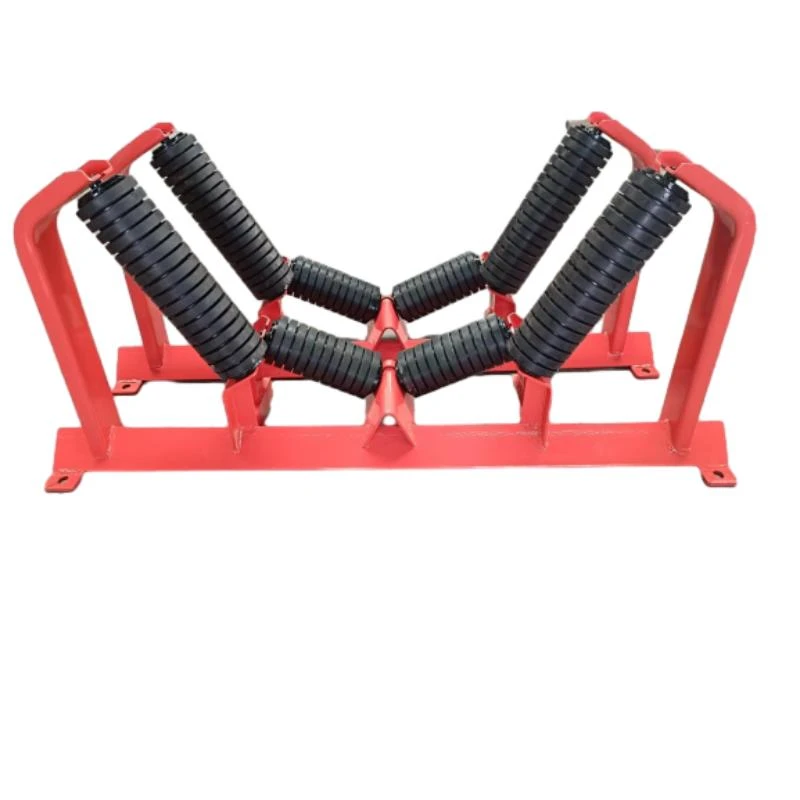 Afrikaans
Afrikaans  Albanian
Albanian  Amharic
Amharic  Arabic
Arabic  Armenian
Armenian  Azerbaijani
Azerbaijani  Basque
Basque  Belarusian
Belarusian  Bengali
Bengali  Bosnian
Bosnian  Bulgarian
Bulgarian  Catalan
Catalan  Cebuano
Cebuano  Corsican
Corsican  Croatian
Croatian  Czech
Czech  Danish
Danish  Dutch
Dutch  English
English  Esperanto
Esperanto  Estonian
Estonian  Finnish
Finnish  French
French  Frisian
Frisian  Galician
Galician  Georgian
Georgian  German
German  Greek
Greek  Gujarati
Gujarati  Haitian Creole
Haitian Creole  hausa
hausa  hawaiian
hawaiian  Hebrew
Hebrew  Hindi
Hindi  Miao
Miao  Hungarian
Hungarian  Icelandic
Icelandic  igbo
igbo  Indonesian
Indonesian  irish
irish  Italian
Italian  Japanese
Japanese  Javanese
Javanese  Kannada
Kannada  kazakh
kazakh  Khmer
Khmer  Rwandese
Rwandese  Korean
Korean  Kurdish
Kurdish  Kyrgyz
Kyrgyz  Lao
Lao  Latin
Latin  Latvian
Latvian  Lithuanian
Lithuanian  Luxembourgish
Luxembourgish  Macedonian
Macedonian  Malgashi
Malgashi  Malay
Malay  Malayalam
Malayalam  Maltese
Maltese  Maori
Maori  Marathi
Marathi  Mongolian
Mongolian  Myanmar
Myanmar  Nepali
Nepali  Norwegian
Norwegian  Norwegian
Norwegian  Occitan
Occitan  Pashto
Pashto  Persian
Persian  Polish
Polish  Portuguese
Portuguese  Punjabi
Punjabi  Romanian
Romanian  Russian
Russian  Samoan
Samoan  Scottish Gaelic
Scottish Gaelic  Serbian
Serbian  Sesotho
Sesotho  Shona
Shona  Sindhi
Sindhi  Sinhala
Sinhala  Slovak
Slovak  Slovenian
Slovenian  Somali
Somali  Spanish
Spanish  Sundanese
Sundanese  Swahili
Swahili  Swedish
Swedish  Tagalog
Tagalog  Tajik
Tajik  Tamil
Tamil  Tatar
Tatar  Telugu
Telugu  Thai
Thai  Turkish
Turkish  Turkmen
Turkmen  Ukrainian
Ukrainian  Urdu
Urdu  Uighur
Uighur  Uzbek
Uzbek  Vietnamese
Vietnamese  Welsh
Welsh  Bantu
Bantu  Yiddish
Yiddish  Yoruba
Yoruba  Zulu
Zulu Understanding the Components and Roles of Conveyor Belt Systems
Understanding Conveyor Belt Parts and Their Functions
Conveyor belts are integral components used in various industries for material handling, moving goods efficiently from one point to another. These systems are designed to reduce manual labor, increase productivity, and ensure a smooth flow of materials. Understanding the parts of a conveyor belt and their functions is crucial for effective operation and maintenance.
1. Belt Material
The conveyor belt itself is the core component of the system. It is typically made of various materials, including rubber, fabric, or metal, depending on the application. Rubber belts are commonly used for lighter loads, while metal belts are preferred for heavy-duty applications due to their durability and resistance to extreme temperatures.
2. Drive Pulley
The drive pulley is a vital part of the conveyor system that provides the necessary power to move the belt. It is typically located at the head of the conveyor and is connected to a motor. When the motor spins the drive pulley, it pulls the belt along its path, enabling the transportation of materials. Proper maintenance of the drive pulley is essential to prevent slippage and ensure consistent movement.
3. Tail Pulley
Located at the opposite end of the drive pulley, the tail pulley serves multiple purposes. It helps maintain tension in the belt, ensuring it remains taut during operation. Additionally, it can serve as a support point for the belt, preventing sagging and reducing wear. A properly functioning tail pulley prevents the belt from becoming misaligned, which can lead to operational inefficiencies.
4. Idler Rollers
Idler rollers are positioned between the drive and tail pulleys. Their primary function is to support the weight of the conveyor belt and the materials being transported. These rollers reduce friction and wear on the belt, facilitating smoother movement. Depending on the design, idler rollers can be stationary or adjustable, allowing operators to maintain the correct belt tension.
conveyor belt parts and functions

Belt tensioners are essential for maintaining the appropriate level of tightness in the conveyor belt. Too much slack can lead to movement issues and possible accidents, while excessive tension can cause unnecessary wear on both the belt and pulleys. Tensioners can be manual or automatic, providing flexibility in managing the belt’s tension throughout its operation.
6. Conveyor Frame
The conveyor frame is the structure that supports all moving parts of the system. Typically made of sturdy materials like steel or aluminum, the frame is designed to withstand the weight of the belt, pulleys, and cargo. An adequately designed and constructed frame is critical to the overall stability and longevity of the conveyor system.
7. Motor and Gearbox
The motor provides the necessary energy to drive the conveyor system. It converts electrical energy into mechanical energy, rotating the drive pulley and moving the belt. The gearbox, which is often coupled to the motor, helps in controlling the speed and torque of the conveyor system. Together, they ensure that the belt operates efficiently and at the desired speed.
8. Control System
Modern conveyor systems are often equipped with advanced control systems that monitor and manage operations. These systems can include sensors, programmable logic controllers (PLCs), and interfaces for remote operation. They provide real-time data on the functioning of the conveyor, allowing for quick adjustments and troubleshooting.
Conclusion
In conclusion, understanding conveyor belt parts and their functions is essential for anyone involved in material handling and logistics. Each component, from the conveyor belt itself to the control systems, plays a crucial role in ensuring efficient and reliable operation. By maintaining these parts and ensuring they operate correctly, businesses can enhance productivity, reduce downtime, and improve safety in their operations. As industries continue to evolve, the importance of understanding conveyor systems will only increase, highlighting the need for continuous learning and adaptation.
-
Revolutionizing Conveyor Reliability with Advanced Rubber Lagging PulleysNewsJul.22,2025
-
Powering Precision and Durability with Expert Manufacturers of Conveyor ComponentsNewsJul.22,2025
-
Optimizing Conveyor Systems with Advanced Conveyor AccessoriesNewsJul.22,2025
-
Maximize Conveyor Efficiency with Quality Conveyor Idler PulleysNewsJul.22,2025
-
Future-Proof Your Conveyor System with High-Performance Polyurethane RollerNewsJul.22,2025
-
Driving Efficiency Forward with Quality Idlers and RollersNewsJul.22,2025





























